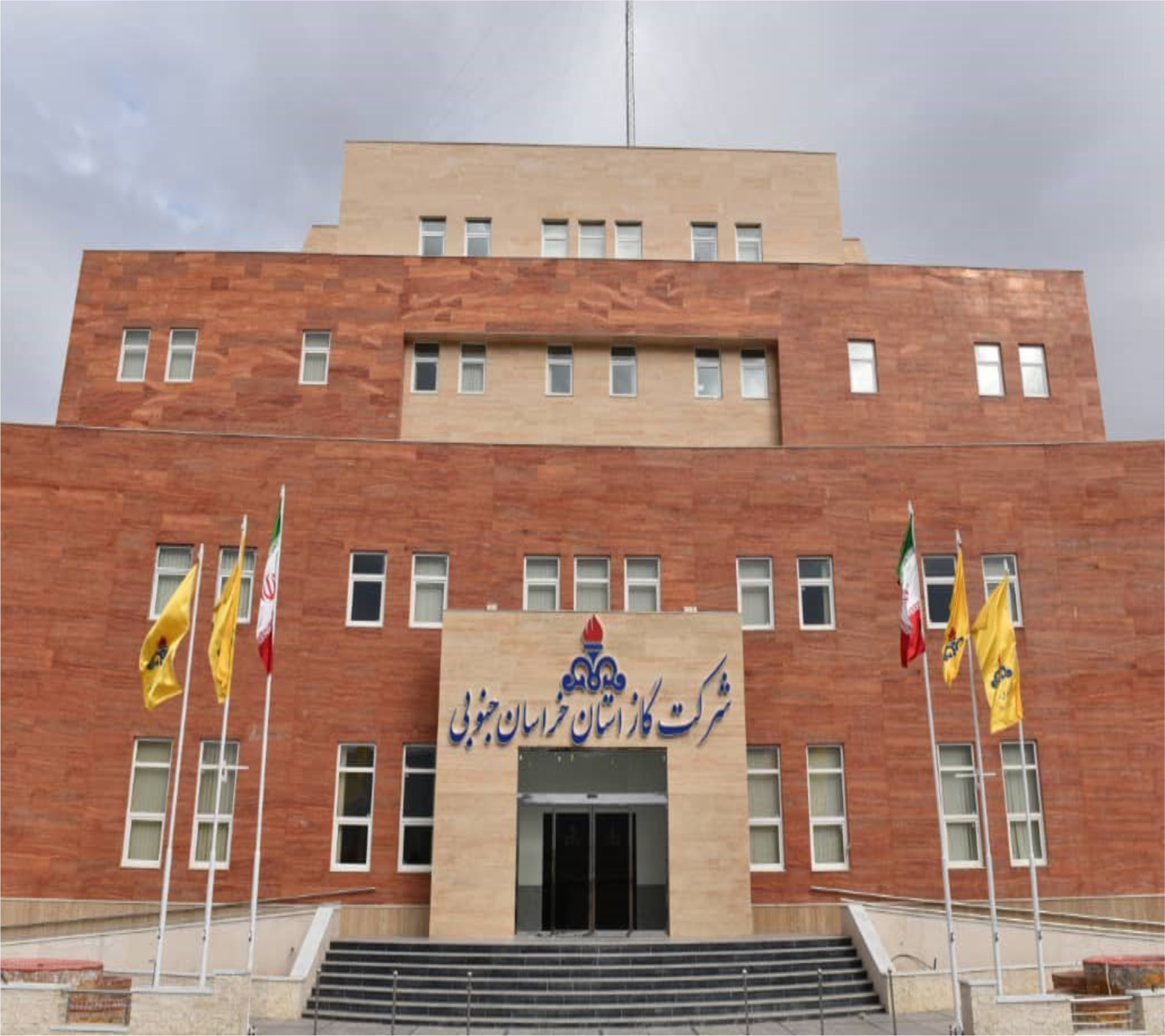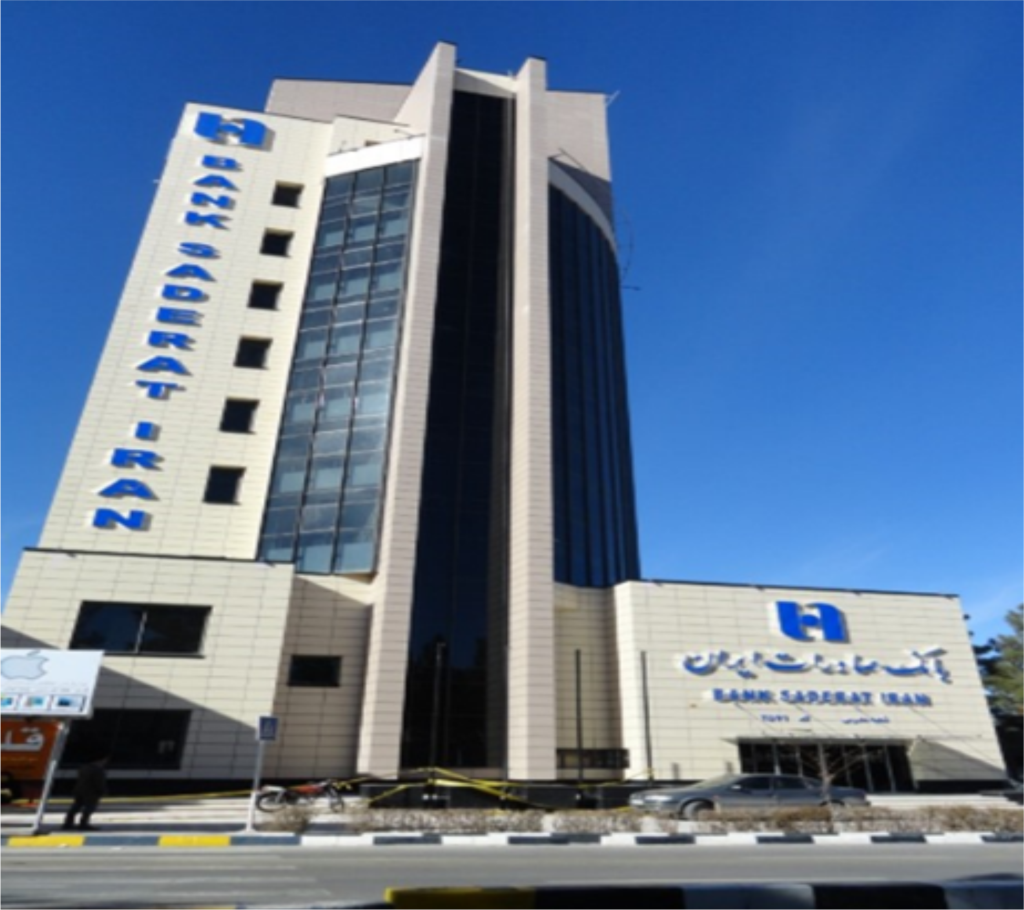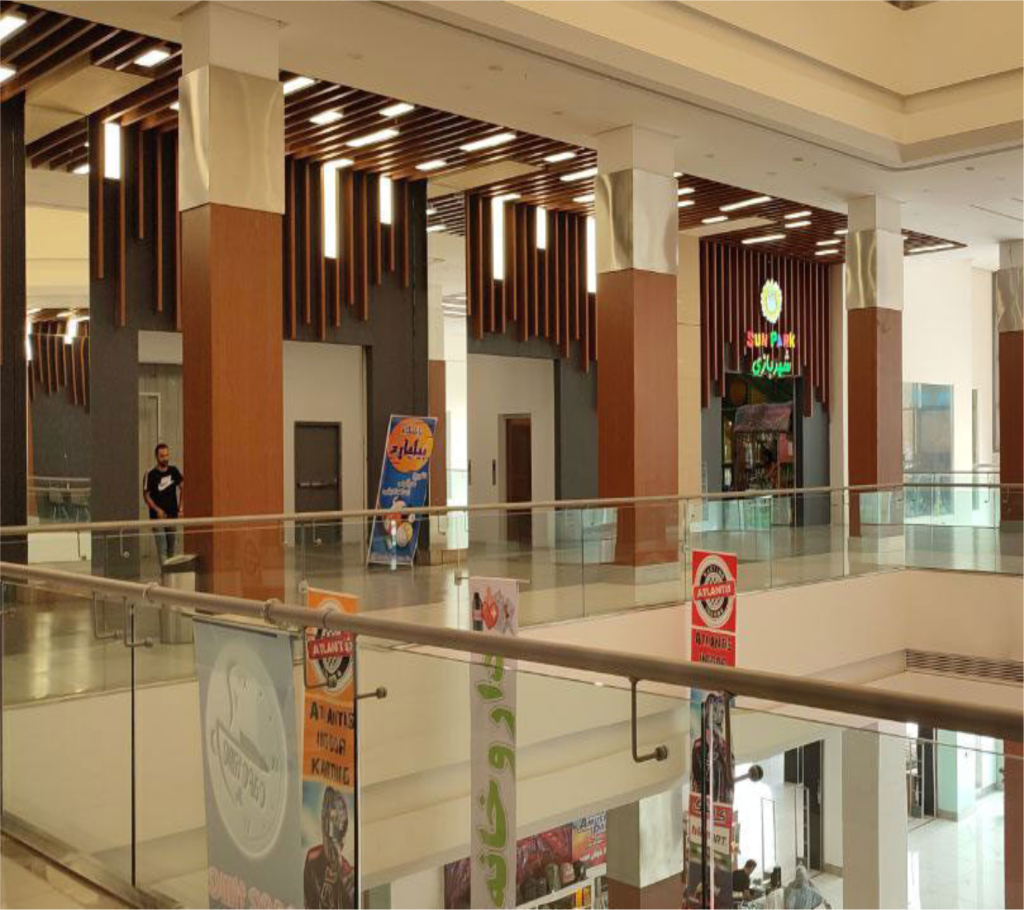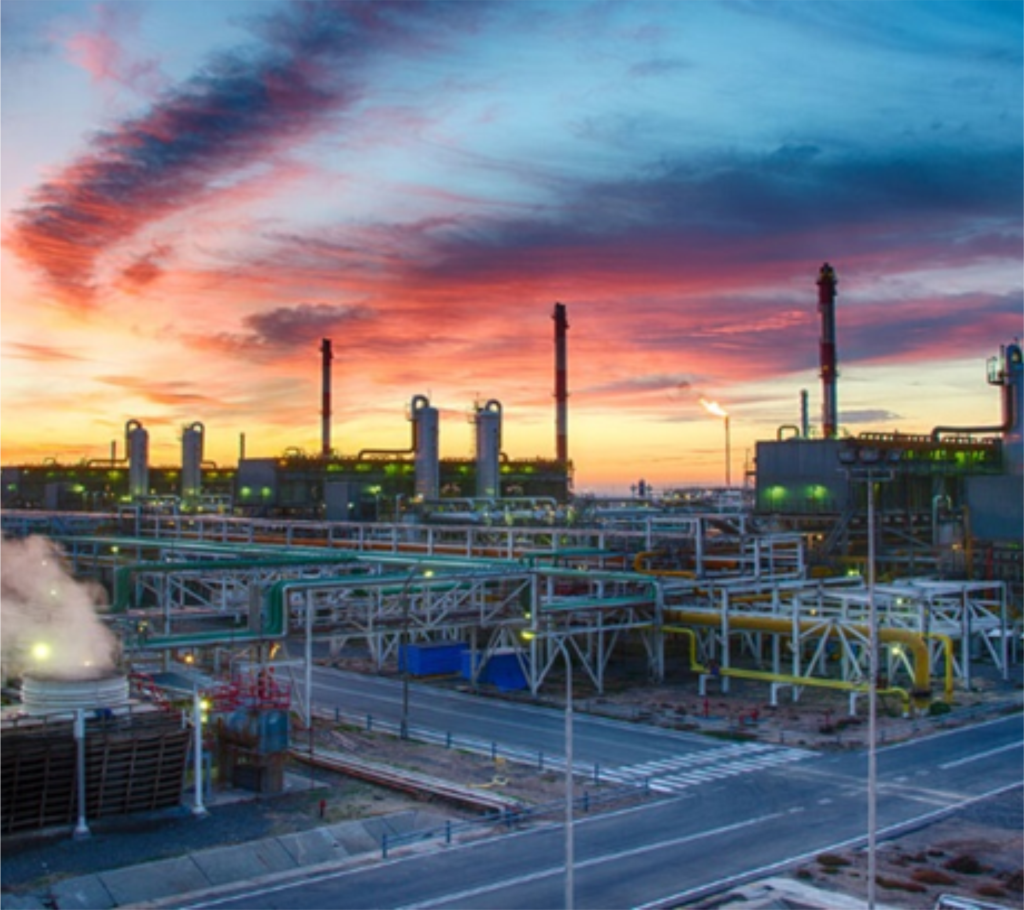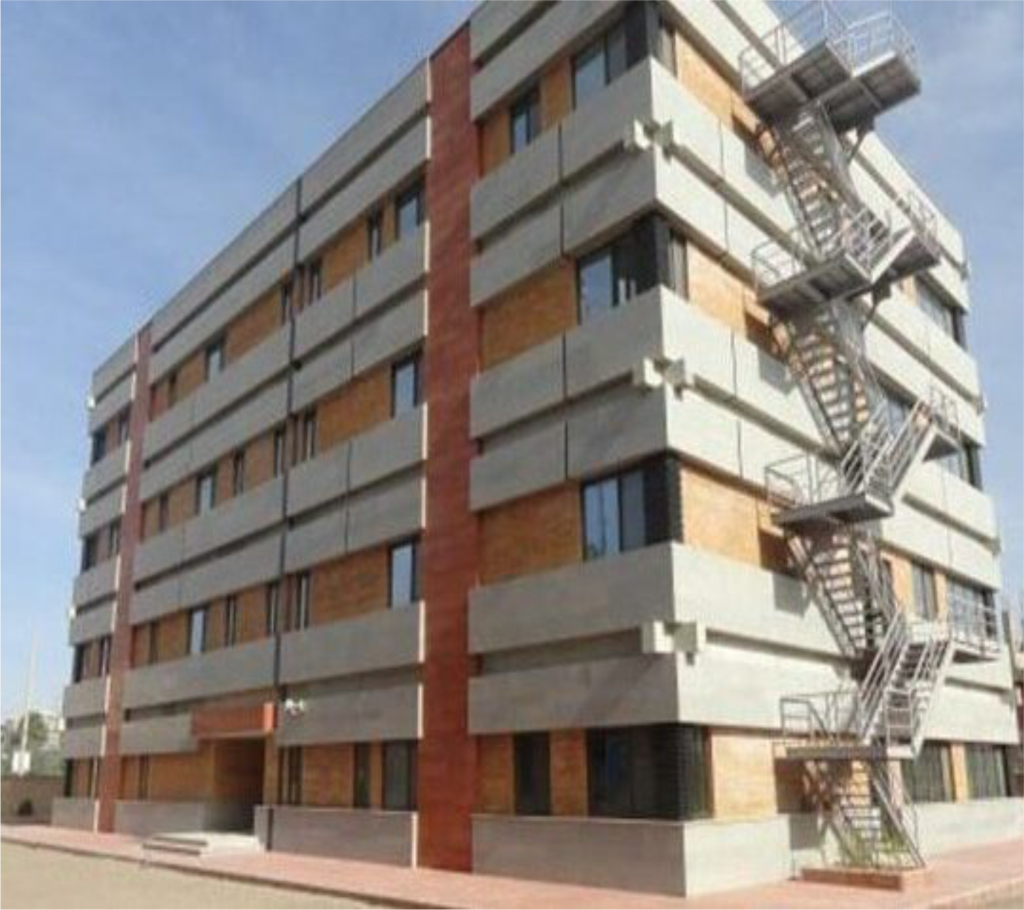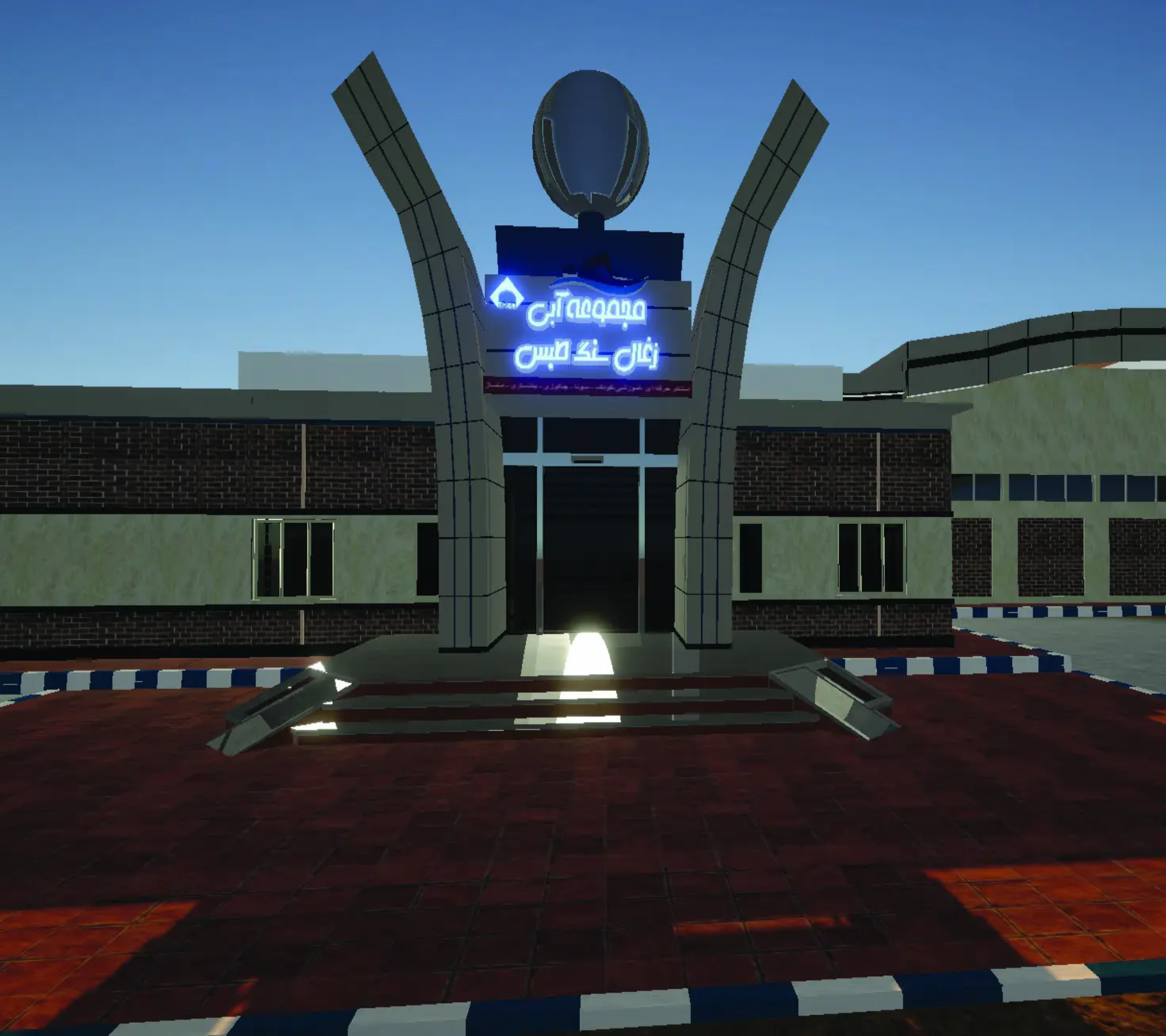
BMS and its necessity in buildings
Building Management System (BMS) projects are increasingly recognized in businesses as a vital tool that helps optimize the performance and efficiency of buildings. By accurately analyzing data related to energy consumption, controlling heating, ventilation, and lighting systems, this system helps managers reduce energy consumption and minimize costs. Therefore, BMS plays an important role in managing resources and increasing the efficiency of buildings.
In addition to economic benefits, BMS also helps improve the environmental conditions inside the building. By accurately controlling temperature, humidity, and air quality, these systems help increase the comfort and satisfaction of residents and employees. Improving the quality of the indoor environment not only contributes to the health and well-being of individuals, but can also have positive effects on employee productivity and customer satisfaction.
Finally, implementing a BMS system can also help businesses achieve sustainability goals and reduce their environmental impact. By optimizing energy consumption and reducing waste, businesses will be able to reduce their carbon footprint and adhere to environmental standards. This action not only adds to the credibility and social responsibility of companies and can create a competitive advantage, but will also help comply with environmental laws and regulations.
With sufficient experience and expertise, Behin Start Company is ready to cooperate sincerely with you.
Project implementation goals
The Building Management System (BMS) project is designed to optimize the management and control of various building systems, including HVAC, lighting, and security. One of the main goals of this project is to improve energy efficiency and reduce building operating costs. Using BMS, building managers can automatically and intelligently control and optimize the performance of systems, which in turn leads to reduced energy consumption and related costs.
Another goal of the BMS project is to increase the comfort and security of building residents and users. Using advanced sensors and control systems, BMS allows for precise monitoring and management of environmental conditions, which can help improve the quality of life and create a safer environment. In addition, these systems have the ability to identify and respond to problems in real time, which leads to reduced risks and increased satisfaction of building users.
Technical and infrastructure requirements
A building management system (BMS) serves as a vital tool in optimizing the performance and management of a building’s infrastructure. From a technical perspective, a BMS typically includes various sensors, actuators, and controllers that continuously measure and control environmental parameters such as temperature, humidity, and air quality. It connects to other building systems such as lighting, heating, ventilation, and air conditioning (HVAC), and security using standard communication protocols such as BACnet, KNX, and Modbus, allowing for centralized monitoring and control.
From an infrastructure perspective, the installation and commissioning of a BMS requires careful planning and coordination with other building systems. This process involves the installation of communication cables, network equipment, and control panels, which must be done correctly and efficiently. In addition, the BMS software must be regularly updated and secured from a cybersecurity perspective to prevent potential attacks and performance issues. The system should be designed to be scalable and upgradeable in the future to adapt to changes and new building needs.
Example of web-based BMS software:

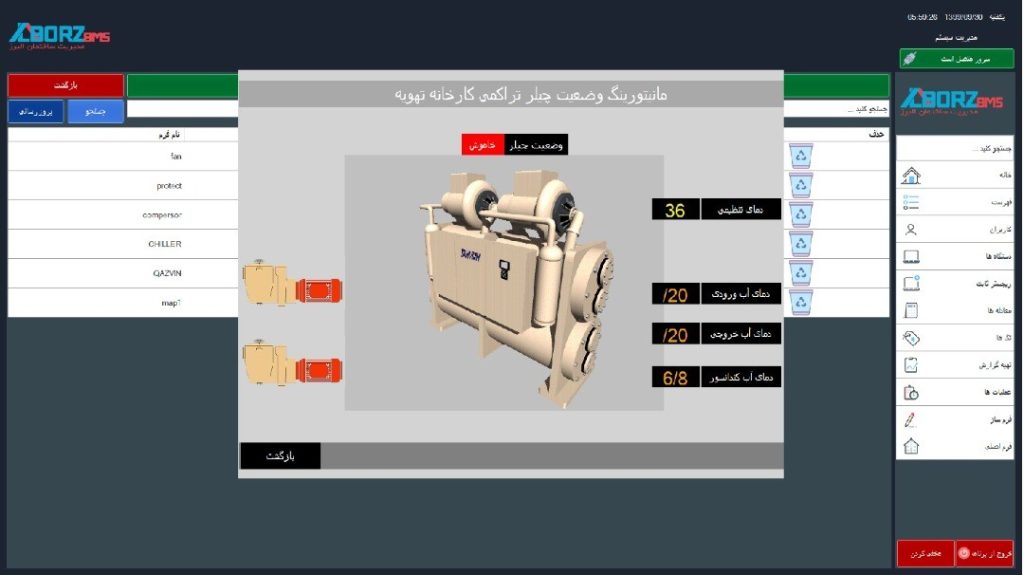
Example of Android BMS software:
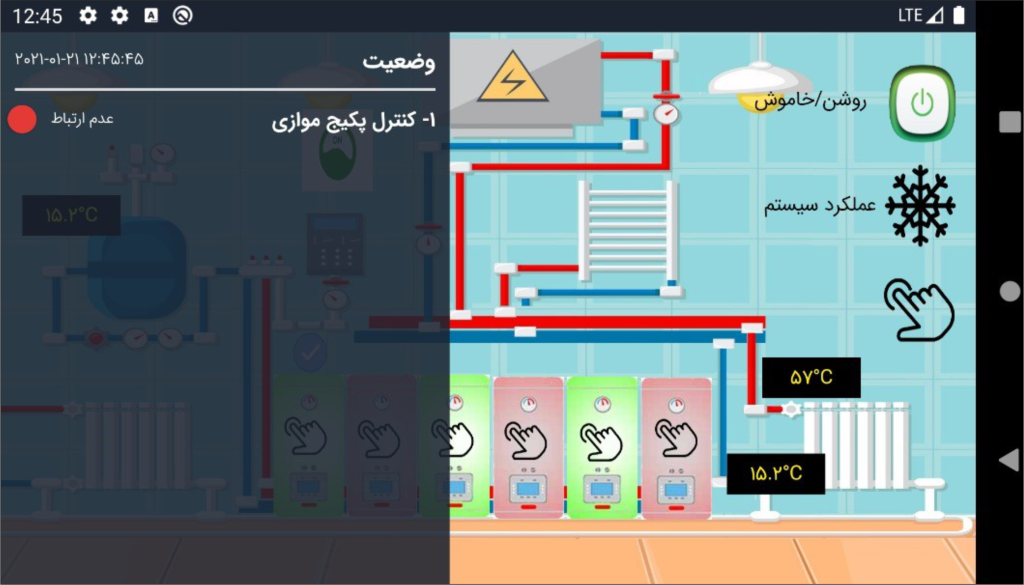




Example of completed projects:
